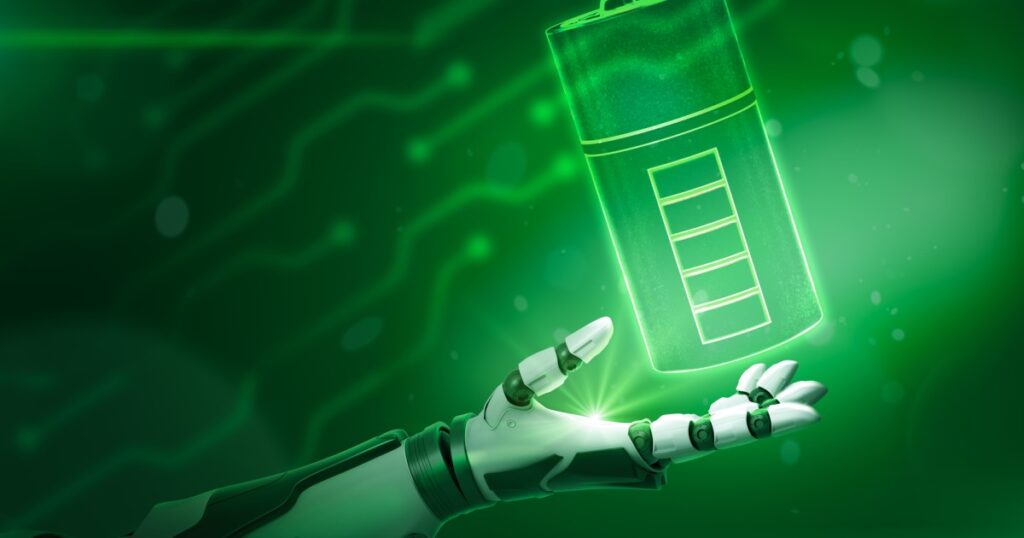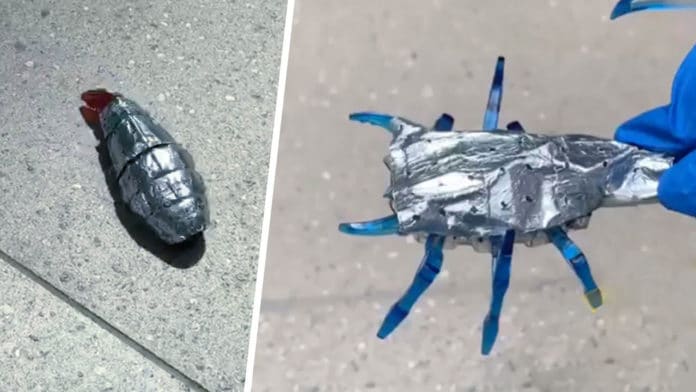Biomorphic Batteries Will Provide More Power to Robots

Robots continue to be an asset to various industries and services. They can do many things that are difficult for humans to accomplish. Robots also help humans make their work lighter, easier, and faster. Drones are used in Rwanda to deliver medical supplies to rural health centers. They can even alert medical personnel when they are about to land. In the remote areas of New Zealand, robots are used to herd sheep.
Batteries power independent robots; therefore, there will be downtime to recharge, just like other electronic devices. Since some of the robots are employed in areas that may not be near a power source, their batteries need to last longer.
Scientists are testing if the robots’ structural materials can be used for energy storage, which is similar to people storing excess energy in body fats.
They may have achieved that, with the research going on at the University of Michigan.
A new source of power
The university’s research engineers have successfully created a multifunctional battery, which also acts as the structural material of a small robot shaped like a scorpion. Their studies show that the new technology will be able to provide power to robots by as much as 72 times the power of the batteries used today.
The researchers’ team has created a zinc battery, which they use as the worm and scorpion robots’ structural material. They wired the batteries to the robots’ motors and wrapped the material around the robots to protect the delicate parts.
Non-toxic and potentially cheaper batteries
The scientists are trying to develop a cheap and non-toxic zinc battery. They created a membrane from fire-resistant aramid nanofibers (similar to the fibers in Kevlar vests), and water-based polymer gel. The membrane can transfer the hydroxide ions between the air cathode and the zinc electrode. The result is a biomorphic battery that is multifunctional, serving as the power source of the device and its structural element. The performance is almost the same as the lithium batteries available today.

Multifunctional applications in smaller robots
According to Nicholas Kotov, head of the research team, there is no report of a structural battery comparable to the advanced lithium batteries available today. And that is what they have achieved.
Today’s batteries of robots take up as much as 20 percent of the available space inside the robot’s inner frame, which adds 20 percent to the robot’s weight.
With the energy density of the structural better they have developed, the world of miniature robots is expected to change. It could mean delivery robots can venture further before the next charge.
According to the research team, they do not foresee applying the biomorphic batteries in robots used for manufacturing and delivery right now. However, they see a more prominent potential in smaller robots that need more standalone power but do not have the space to carry bigger batteries. They are looking at swarm robots that are capable of self-assembly to create a bigger instrument.
Researchers added that the biomorphic batteries could be cheaper, since materials are abundant, including recycled nanofibers from used Kevlar vests. Current zinc batteries can only maintain their high capacity at around 100 cycles, compared to the 500-cycle capacity of lithium-ion batteries. They attribute the longer battery life of the biomorphic battery to the aramid nanofiber network sandwiched by the electrodes.